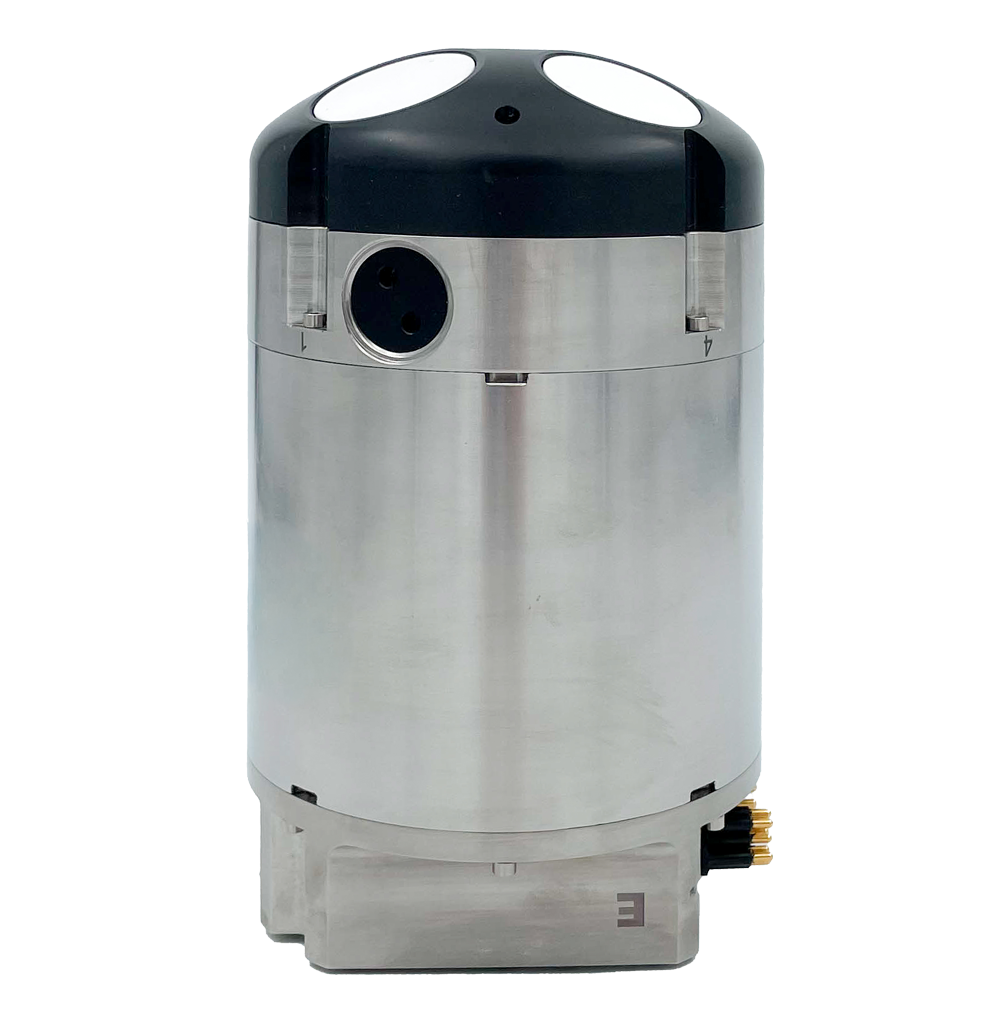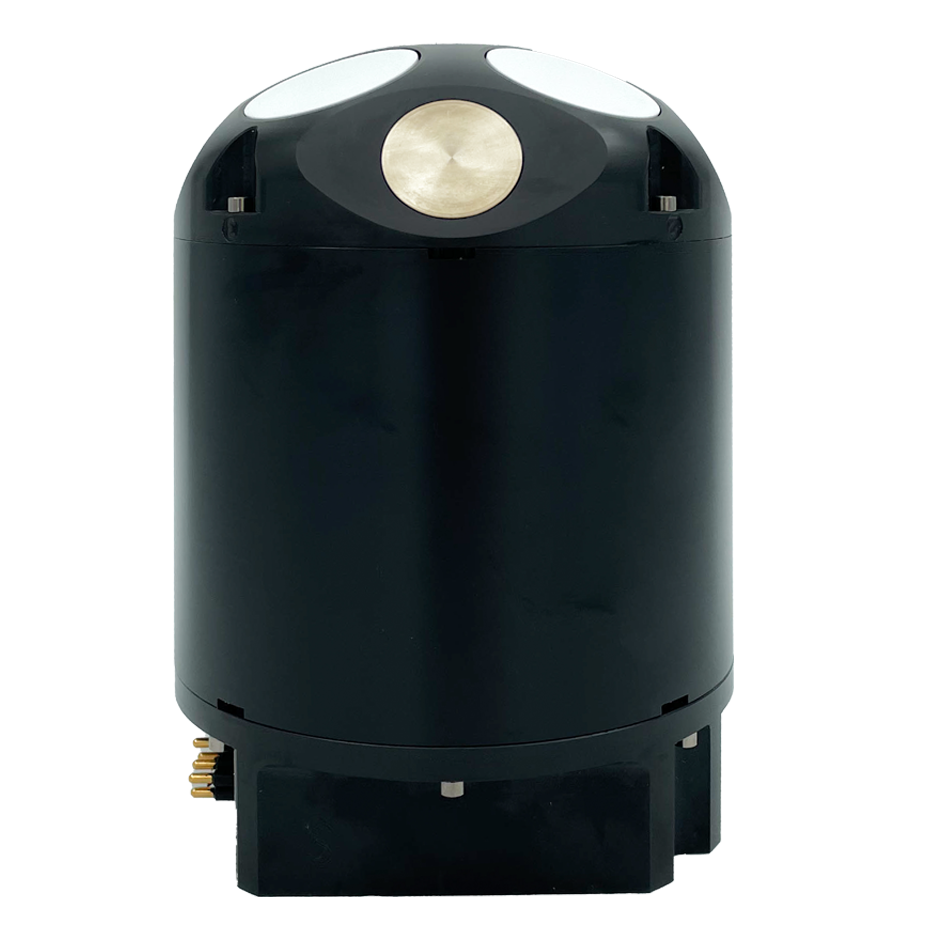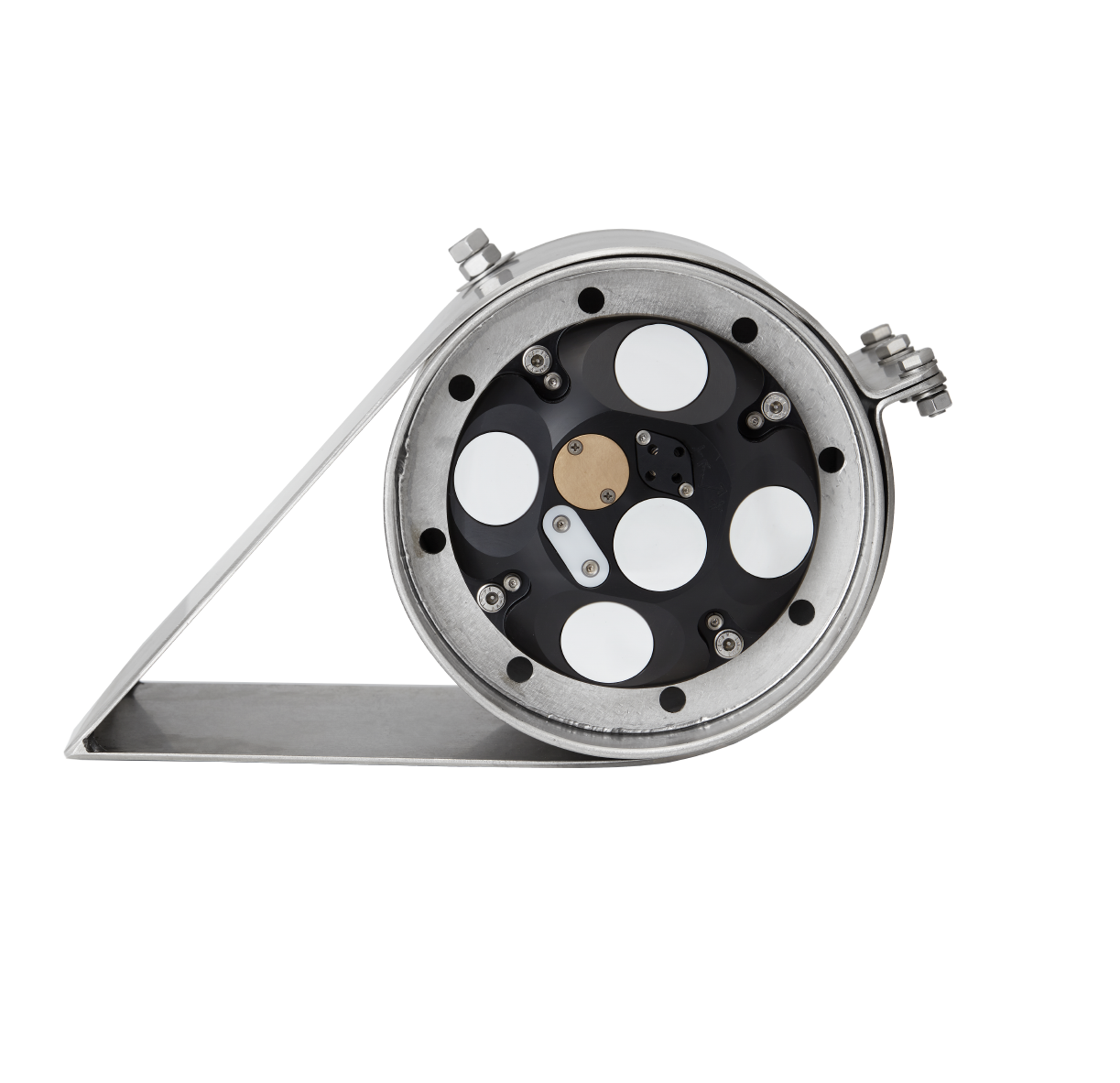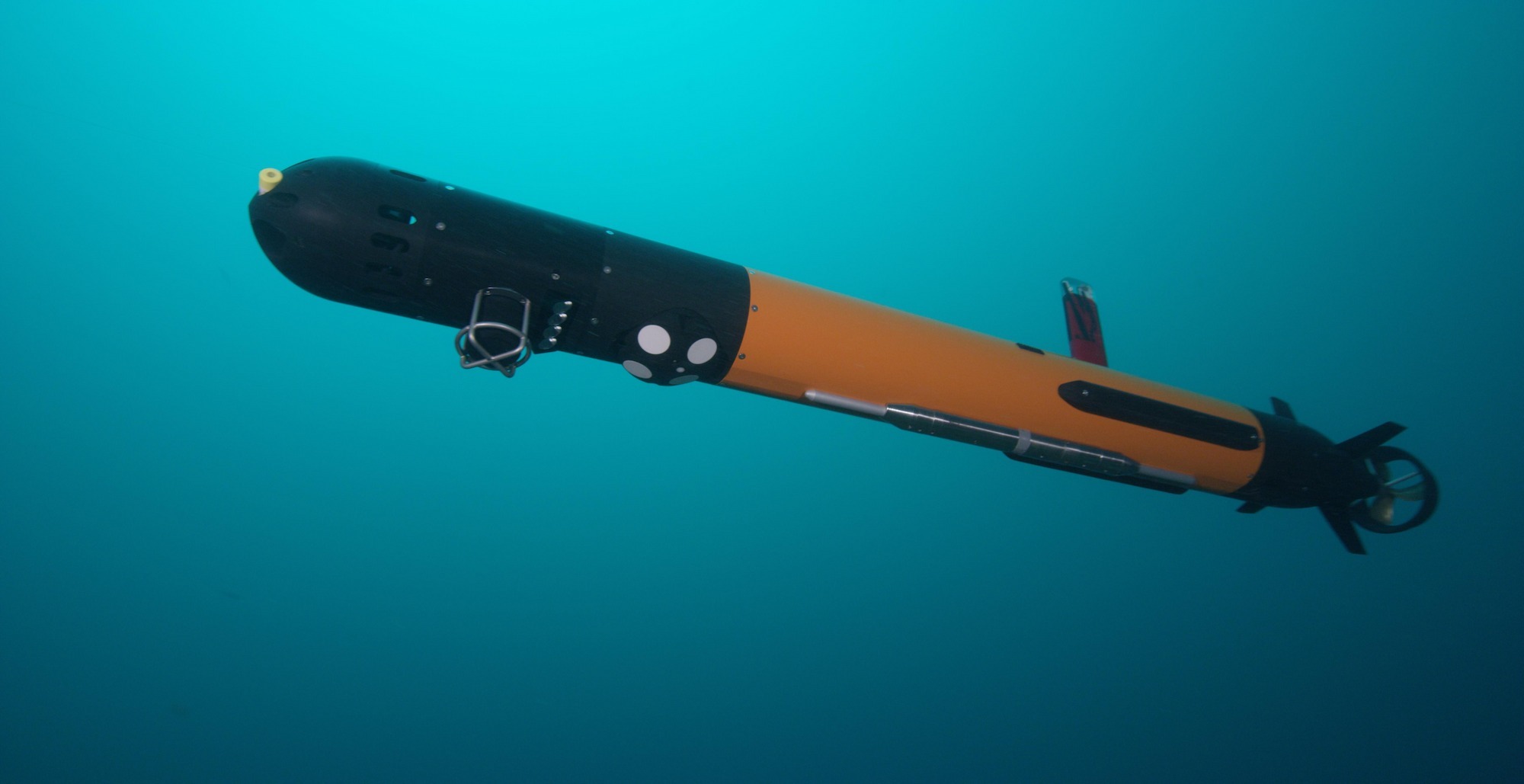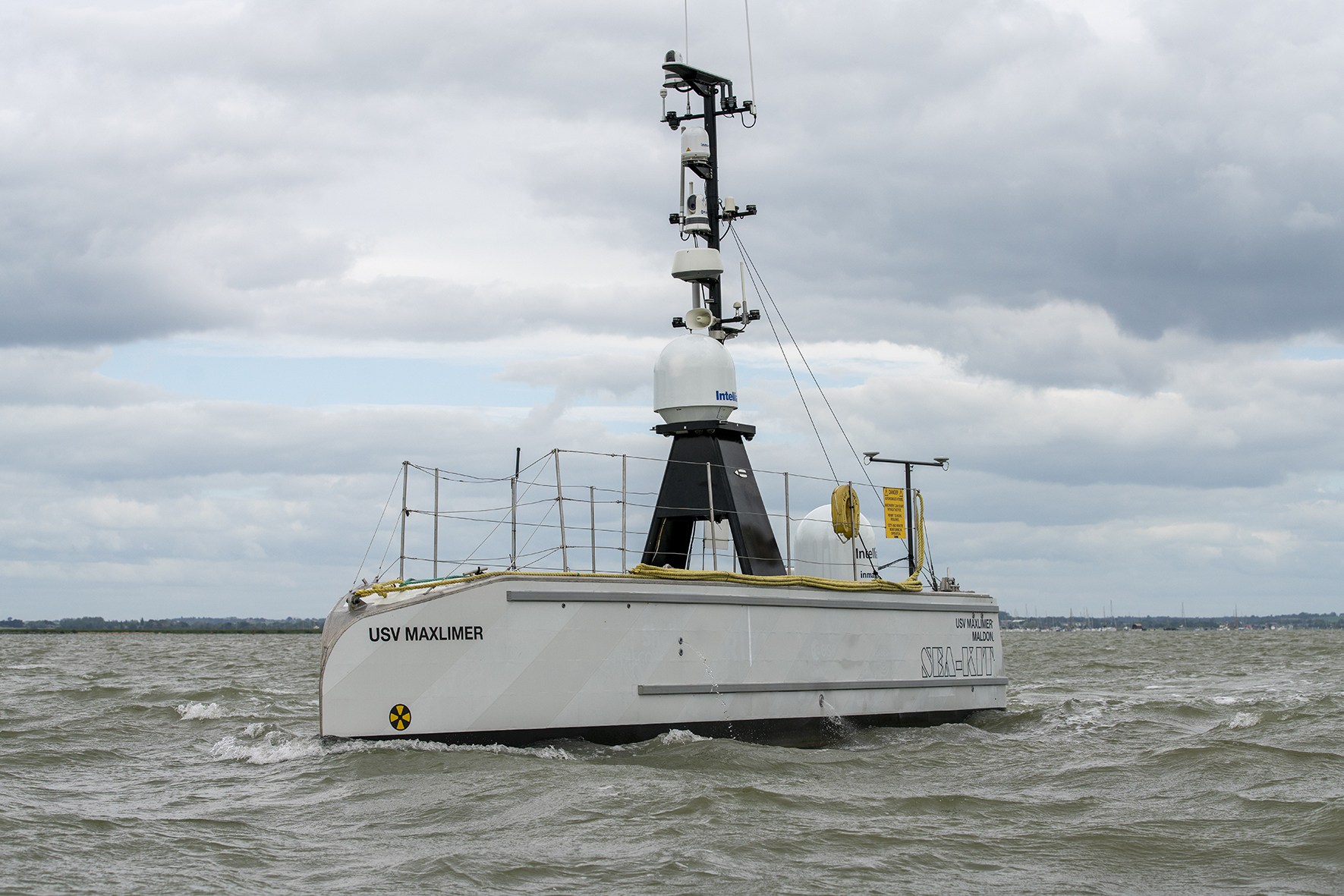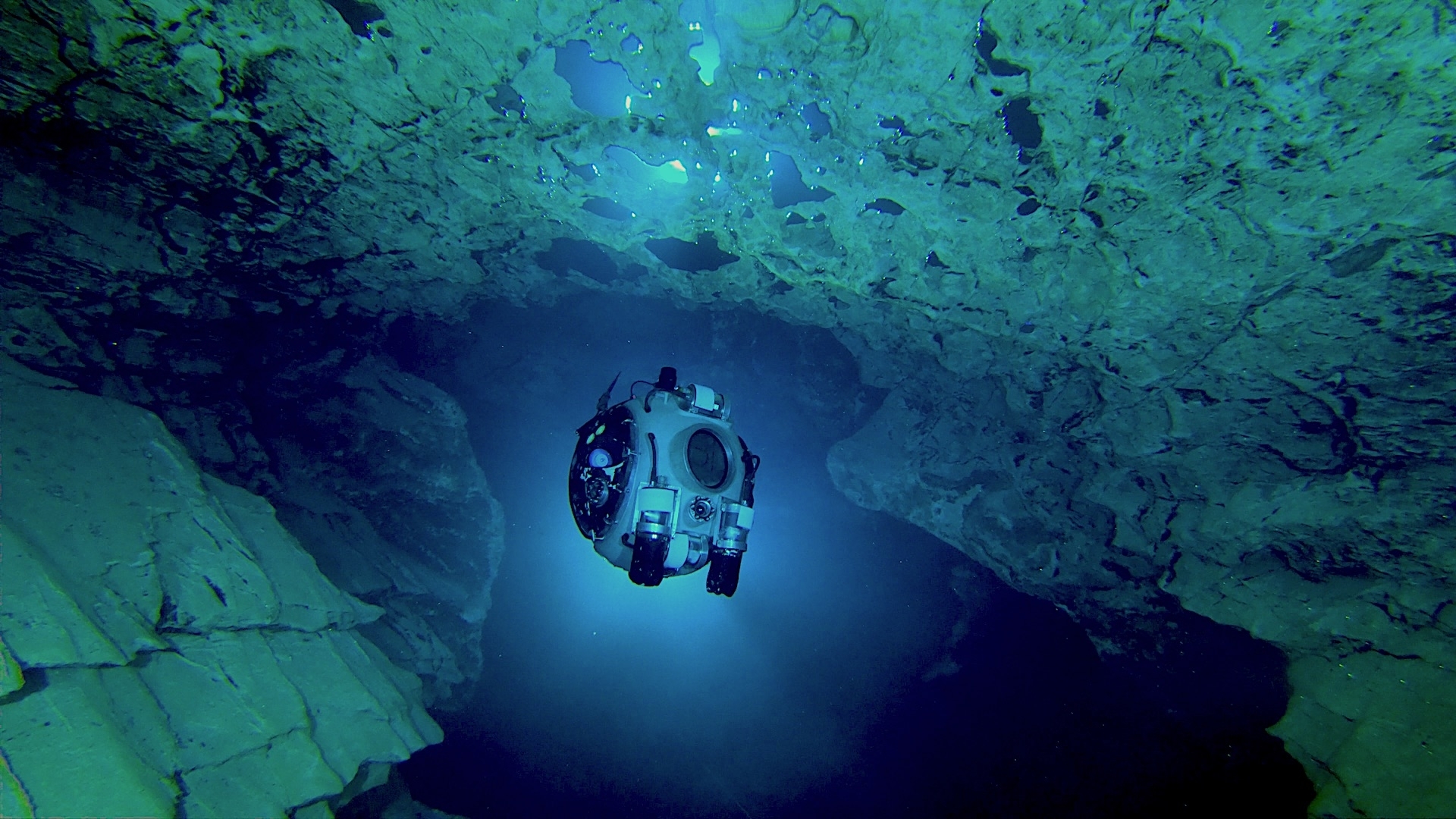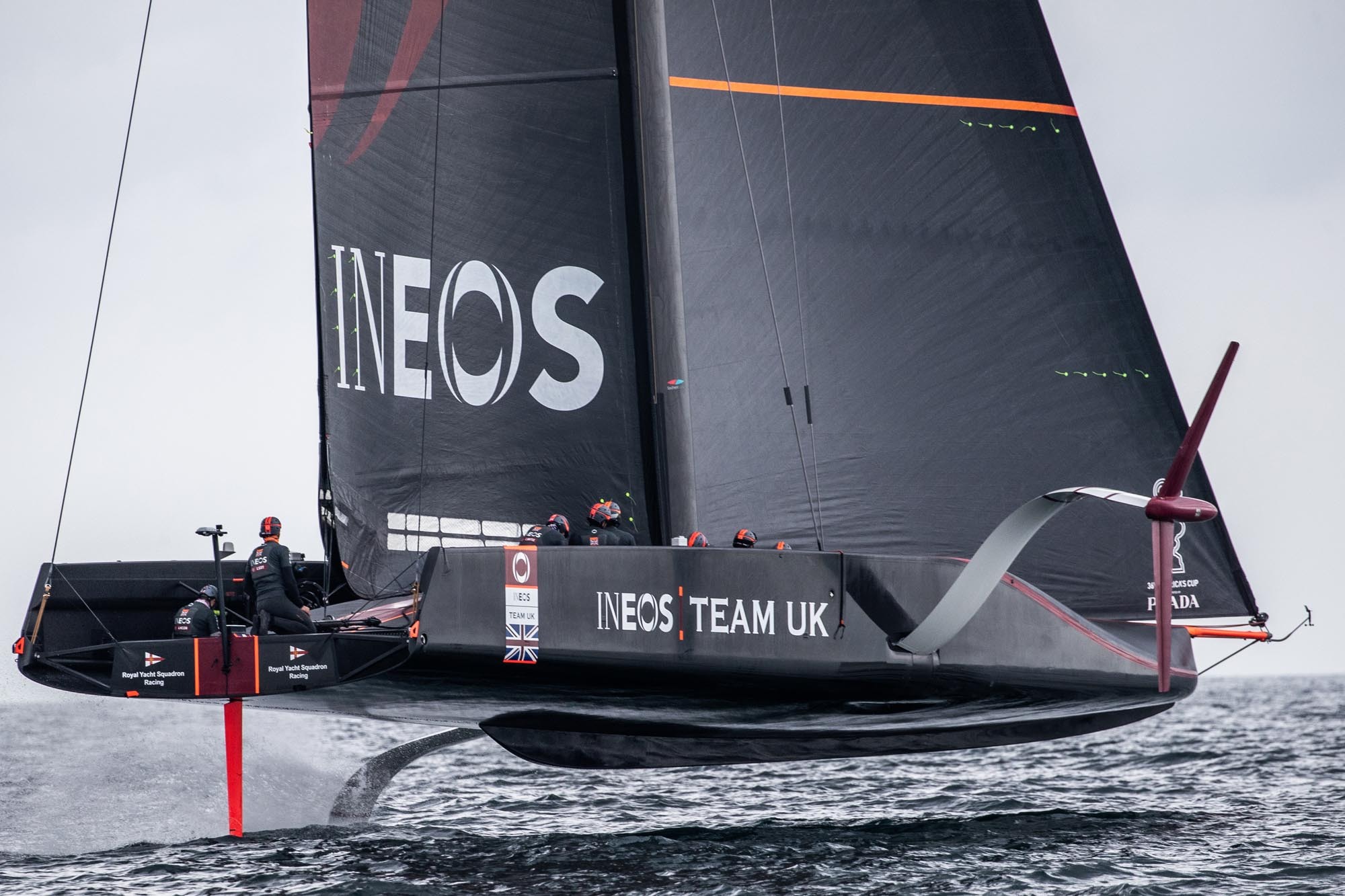
Accurate measurements of speed through water during America’s Cup training
- User stories
Synopsis
Challenge
Accurately measuring the speed of elite racing yachts is no simple task. INEOS Team UK needed a solution to accurately measure their yacht's speed through water, which satellite navigation could not provide.
Solution
The team worked with Nortek to create a custom DVL solution in the yacht's foil. The DVL, modified to act as a speed log, was mounted in a bulb so it could be flush with the foil.
Benefit
The team could reliably and accurately track their speed through water during training thanks to the instrument's capabilities.
Ineos Team UK was formed to challenge for the 36th America’s Cup, to be held in New Zealand in 2021, in the AC75 yacht. The AC75 is a new concept introduced for this America’s Cup: a foiling monohull that flies over the surface of the sea on one of two T-foils. The team will represent the Royal Yacht Squadron, which is one of the most prestigious yacht clubs in the world, and made Portsmouth their home base, with the Solent as the training venue.
“The Solent’s reputation as a venue for sailboat racing is well-known. Its strong tides and complex geography and wind patterns make it an interesting and fun place to race,” says Ineos Team UK’s Technology Coordinator, Mark Chisnell.
“Unfortunately, these conditions don’t make it the ideal venue for testing America’s Cup yachts, as satnav cannot be relied on for accurate performance information because it only measures motion relative to the Earth. A yacht’s performance is determined by its speed through the water. The complex and ever-changing tidal current flows of the Solent add an unknown vector into the data that makes it difficult to accurately measure the yacht’s performance.”
Measuring the boat’s speed through water gives accurate performance data
The tide can flow at speeds in excess of four knots in some areas of the Solent, and the AC75 yacht is fast, traveling significantly over 20 knots in most race and test conditions. Nevertheless, a four-knot tidal flow could potentially introduce a very significant (up to 20 percent) error in the test data.
“We try to sail in areas with weaker tidal flow to mitigate the error from satnav speed measurements,” adds Chisnell. “And we have tidal charts to help us work out the current rate in the test areas, but measuring the boat’s speed through water will give us much less potential error in the data."
Watch this webinar "Obtaining exact speed through water measurements for America's Cup training" to learn more.
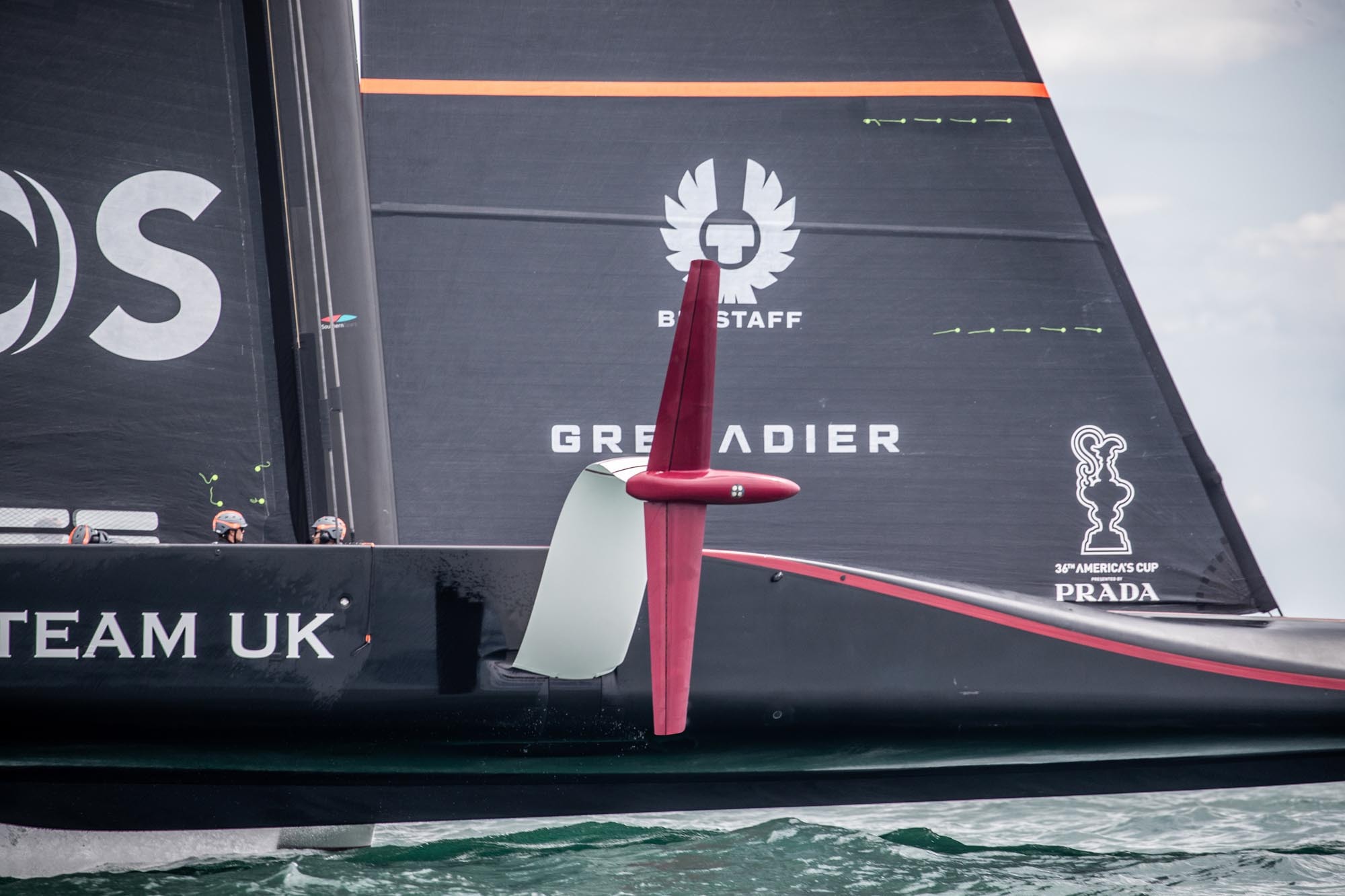
Finding a method to measure speed through water with accuracy
The team needed to measure velocity through water very accurately, but the change from traditional displacement yachts to foiling monohull boats meant that none of the usual sensors would work. These are limited to measuring velocity in a single axis, but were ultimately judged inadequate because they are not accurate enough. This is particularly true at high speeds.
“We were looking for a sensor that would measure the speed through water in a minimum of two axes to enable measurement and analysis of leeway,” says Chisnell. “It also had to be capable of measuring at a depth as close as possible to the submergence depth of the foil, at a high frequency and accuracy. These were very demanding requirements.”
The team’s review of the market led them to oceanographic instrumentation specialist Nortek, who provide one of the smallest commercially available Doppler Velocity Logs (DVLs). These sensors use an acoustic Doppler measurement to estimate velocity relative to the water column. They do it in three dimensions and can take measurements at different distances from the sensor.
Why Ineos Team UK selected Nortek’s acoustic instrumentation
“We knew that the Nortek DVL had been used successfully in a previous ocean race, involving high-performance monohulls that could reach 30 knots. So while the DVL was intended for the slow speed and high accuracy demands of subsea navigation, there was evidence that the sensor might cope with the speeds of the AC75 – which can get up towards 50 knots,” says Chisnell.
The initial inquiry from Ineos Team UK opened up a conversation that turned into a long and productive technical partnership. Nortek were already working on a derivative of their DVL range, namely a speed log that was intended to operate at higher speeds in surface vessels, and so the work with Ineos Team UK became part of this ambition.
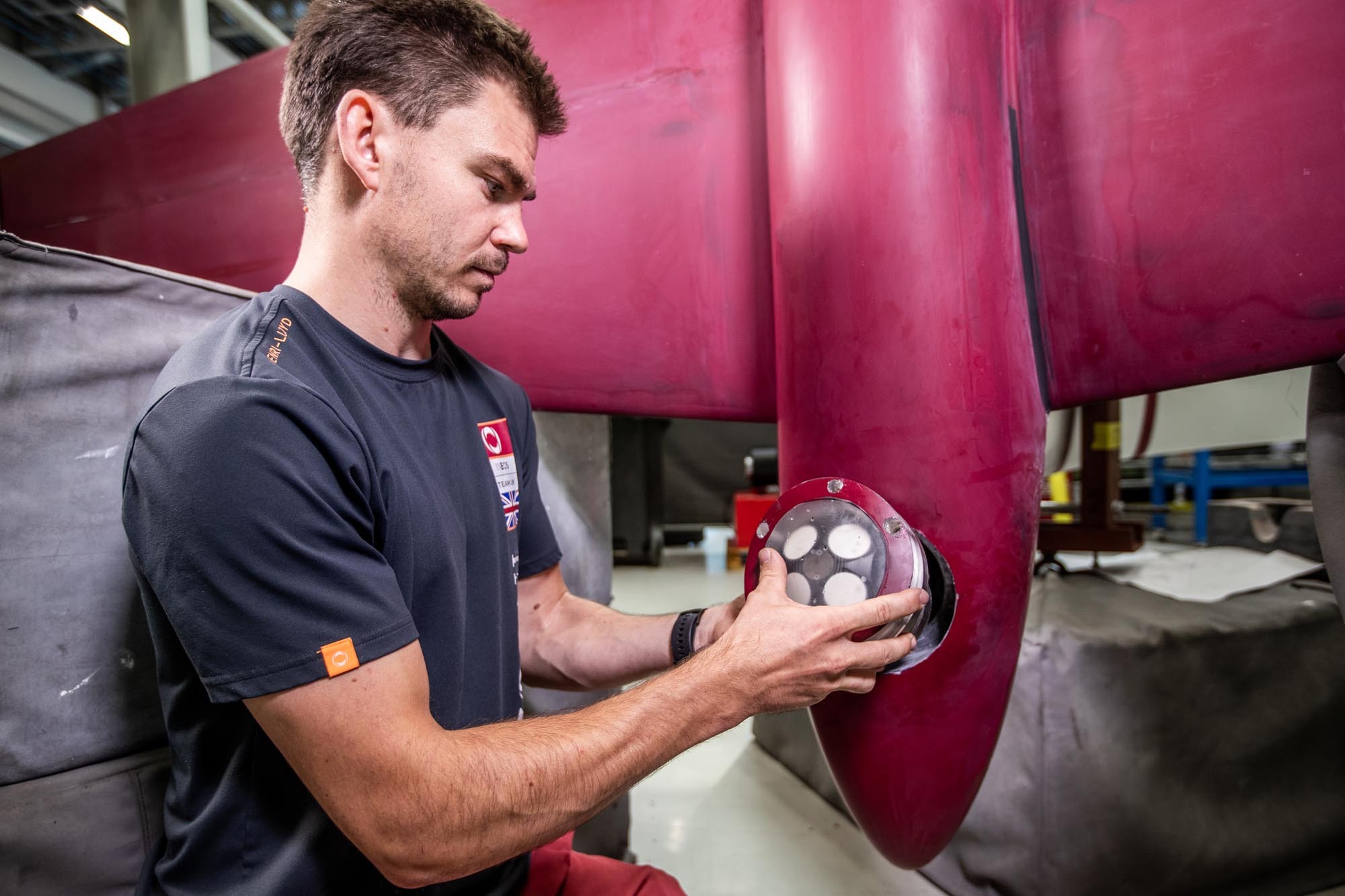
Integrating a speed log while solving technical challenges
“We wanted to install Nortek’s speed log into each of the port and starboard foils of the AC75. The boat’s foils – the wings that support it out of the water – are T-shaped, with a small bulb at the cross-section of the inverted T,” explains Chisnell.
“The speed log was to be installed in this bulb. The transducers are normally mounted proud – they stick out from the hull surface – as subsea drones don’t go very fast. Unfortunately this wasn’t going to work at 50 knots. The additional drag from the transducers was a big problem; this was unacceptable in a race boat where reducing hydrodynamic drag is a fundamental design goal.”
The second problem was that at high speed the transducers would trip the flow over the underside of the bulb and create a lot of bubbles. Bubbles are fatal to the accurate functioning of any acoustic device. This is because the signal cannot be sent and received accurately through water when bubbles appear.
The proposed solution was to mount the Nortek Speed Log inside the bulb, with a flooded chamber sealing the space and forming a smooth interface with the external face of the bulb.
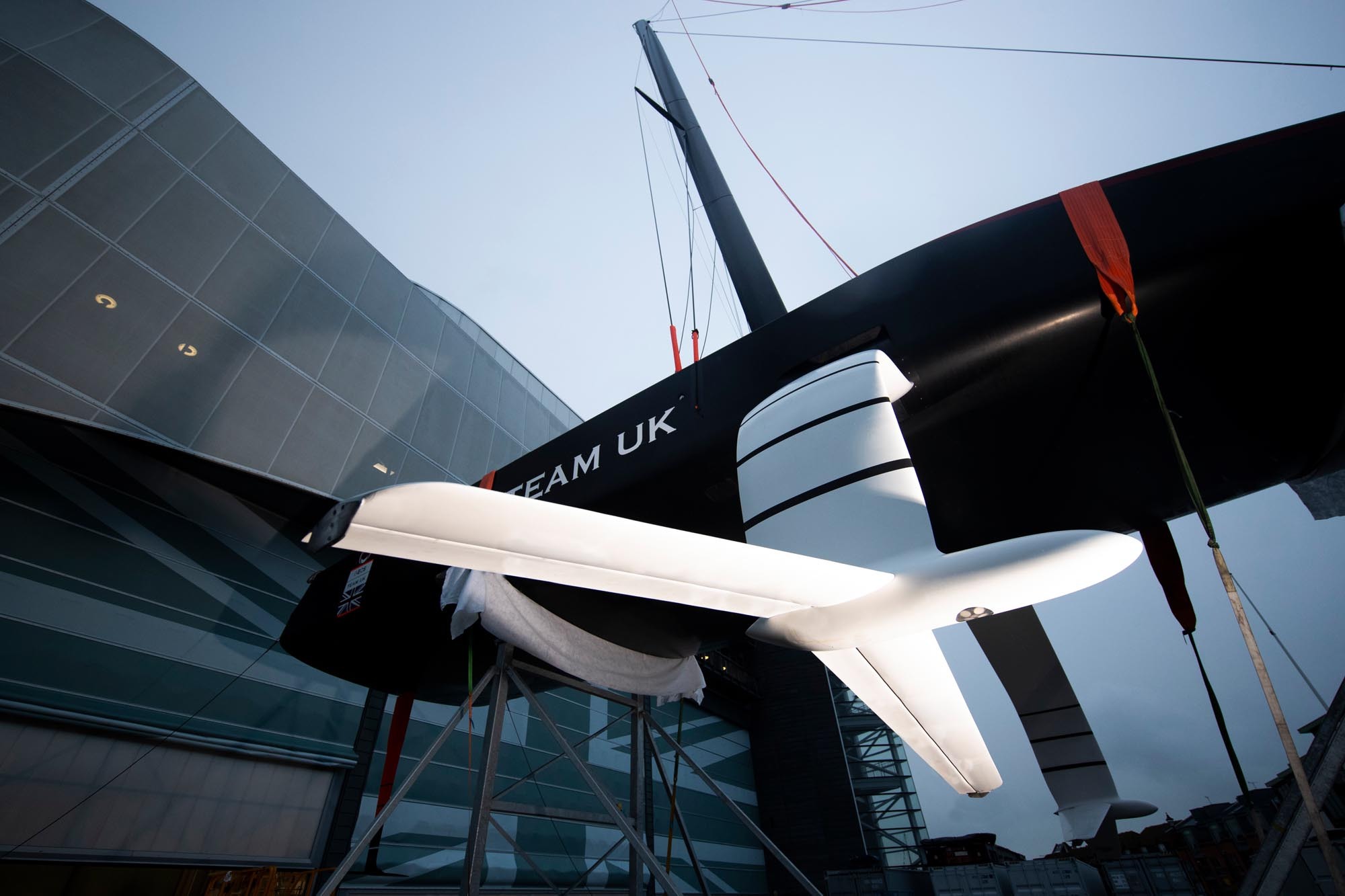
Ensuring data integrity performance of speed through water sensors
Nortek modified the speed log by installing a higher-specification AHRS to help the team measure the orientation of the sensor relative to the water. The sensor’s attitude is important when measuring forward velocity and the AC75’s orthogonal drift sideways (leeway). Nortek also modified the firmware to allow the speed log to measure at up to 50 knots. Throughout this process Nortek supported Ineos Team UK in planning and executing the installation of the speed logs, along with technical support for the devices and analysis to ensure data integrity and quantify the performance of the sensors.
The two speed log sensors successfully provided velocity measurement relative to different layers in the water column below the AC75 foils. “This was data that had never previously been collected on a foiling America’s Cup boat. Unfortunately, the insights to boat performance will remain confidential to the team,” explains Mark Chisnell.
“We’re very happy to have had Nortek as a partner in this project. The Nortek Speed log is an impressive technical achievement. Having accurate knowledge of the inflow vector to the lifting foils has given the team new insights into the boat’s dynamic behavior and performance,” says Nick Holroyd, Technical Director at Ineos Team UK.
Building on a tradition of marine problem-solving to measure speed through water
Nortek has a long tradition of solving technically challenging problems in the marine environment.
“Team Ineos UK approached Nortek knowing that we had been down a similar path before. However, the challenge presented was to measure speed through water accurately from a foiling sailing machine – something that has not been done before now,” says Torstein Pedersen, Development Engineer at Nortek.
The success of this solution was very much cooperative: Nortek provided the modified electronics and operational advice, while the Team Ineos UK technical team ensured an optimized installation in the foil.
“We are familiar with an iterative process for these custom solutions, but in this instance I think we were all surprised how well it worked right out of the gate. When we now watch the Britannia yacht tearing across the ocean surface, balanced merely on the foils, it is hard to believe that there is a little speed log just below the surface pinging away and answering questions,” Pedersen adds.
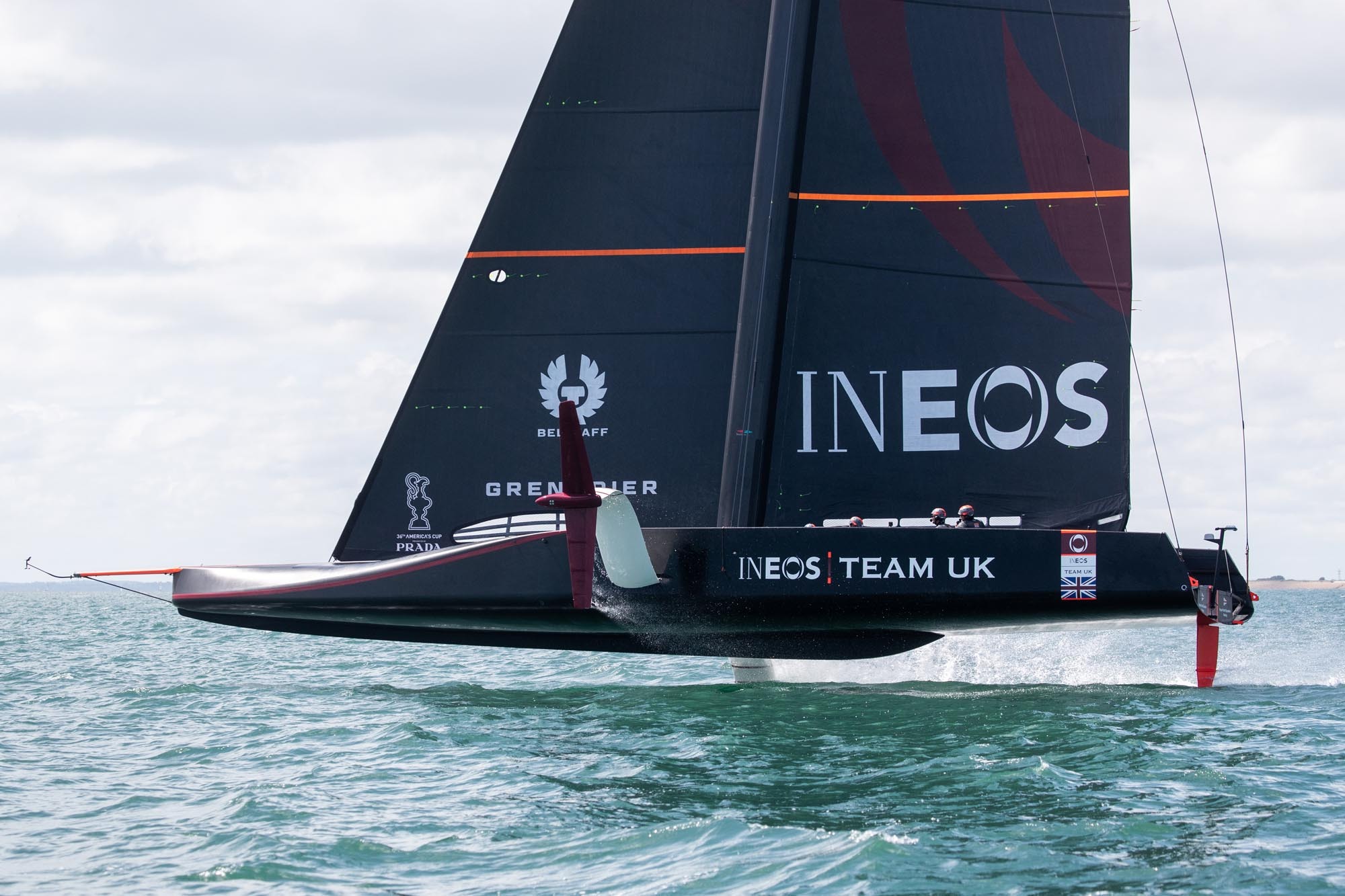
The history of the America’s Cup
The Solent is one of the world’s most famous sailing venues, not least because the very first race for the America’s Cup started and finished here.
America was a boat that was built to show off US shipbuilding and seamanship, and she did just that as she won the Royal Yacht Squadron’s race around the Isle of Wight in 1851, leading the entire British fleet home. America and her owners returned to New York, and a few years later, they renamed the cup the America’s Cup and gifted it to the New York Yacht Club as a challenge trophy, open for sailing clubs of all nations to challenge the holder to a match to contest the trophy.
Since then the Cup has become a truly global phenomenon, with challenges from all five continents and held in locations spread around the world.
